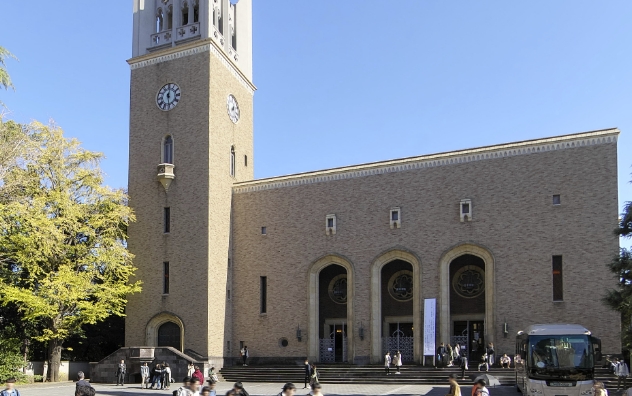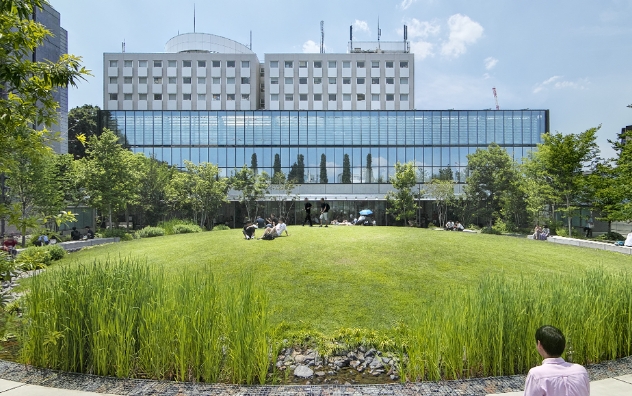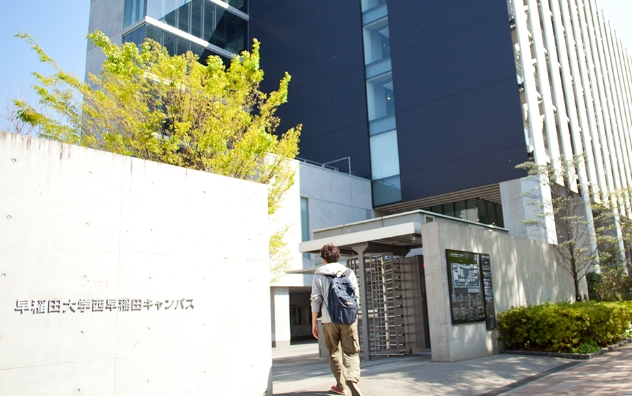Radiation Measurements Taken at Waseda Campuses
Thu, Aug 4, 2011-
Tags
Nal (TI) scintillation detectors
Measuring
The results of radiation measurements conducted by Waseda University are as follows.
Nal (TI) scintillation detectors were employed for the current measurement. These detectors are ideal for the measurement of low-dose environmental gamma radiation which constitutes one source of external exposure. Measurements were conducted by a qualified Radiation Protection Supervisor (Class 1 Working Environment Measurement Specialist).
External exposure to radiation in the environment derives not only from artificial sources, but also from natural sources (cosmic radiation, naturally occurring radio-nuclides). Natural background radiation dosage varies with a variety of factors, although the average value for exposure in the Tokyo Metropolitan Area is considered to be approximately 0.04μSv/h. (average values at various sites throughout Japan measured with the Institute of Radiation Measurement’s Hakarukun detector, and values calculated by the Geological Society of Japan.)
The environmental radiation levels measured at the various campuses are between 0.04 and 0.11μSv/h. If natural background radiation dosage (approximately 0.04μSv/h) is subtracted from these figures, levels are between 0 and 0.07μSv/h. Such levels are well within the effective dose limit recommended by the International Commission on Radiological Protection (ICRP) for general public exposure.
Click on the placemarks ![]()
![]() on the dose rate measurement map to display the measurement site numbers.
on the dose rate measurement map to display the measurement site numbers.
The ‘Location’ points noted with the † symbol on the dose rate measurement results table, and ![]() on the map, will be measured periodically in the future. Measurement results are available on Waseda-net portal.
on the map, will be measured periodically in the future. Measurement results are available on Waseda-net portal.
Measurement device: Aloka Nal (TI) survey meter TCS-161
Measurement sites: 1m above ground level
Measurement Points
Measurement Points
Measurement Points
Measurement Points
Measurement Points
Measurement Points
Measurement Points













